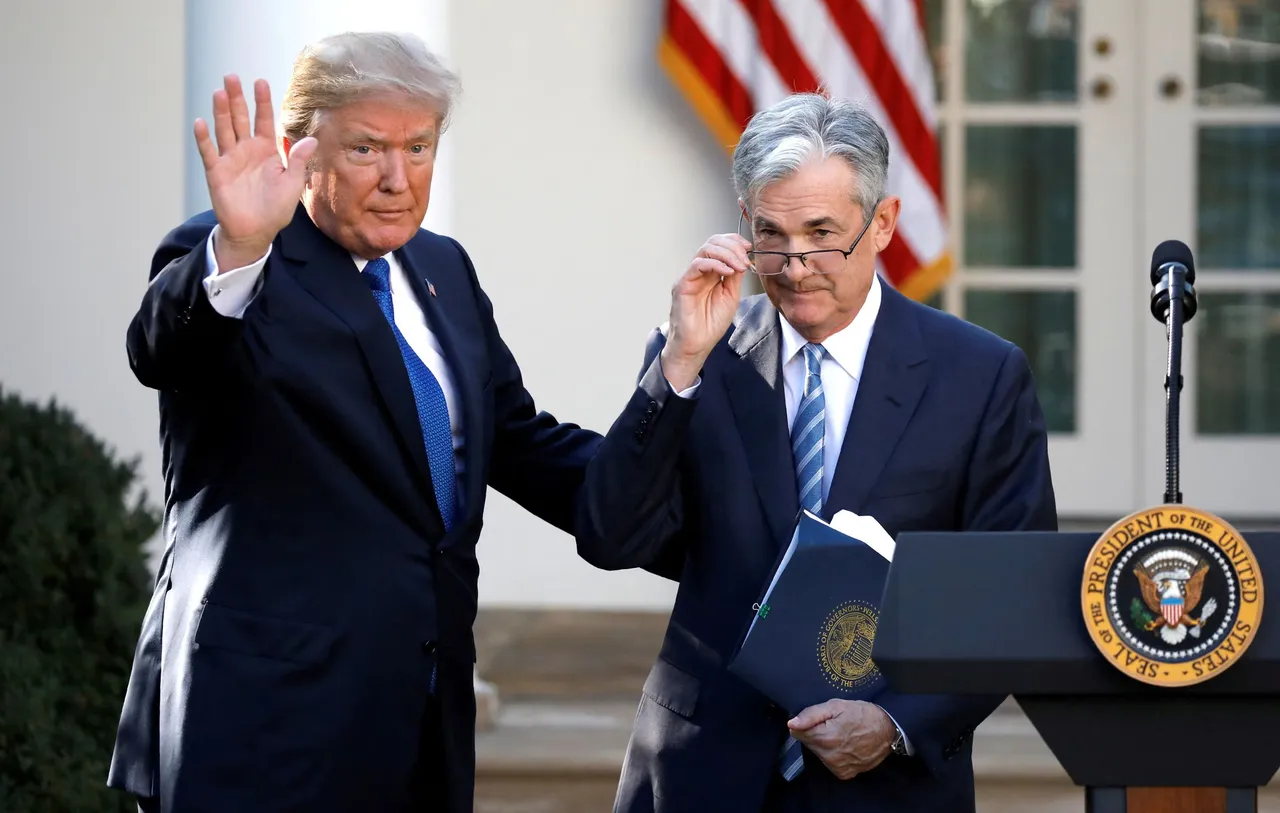Tensions have once again flared between U.S. President Donald Trump and Federal Reserve Chair Jerome Powell, as Trump labeled Powell a "numbskull" for what he views as the Fed’s slow pace in cutting interest rates. The president reiterated his demand for a full percentage point cut, arguing that such a move would save the U.S. hundreds of billions of dollars annually in debt interest payments. While Trump did not specify what actions he might take, he hinted at possibly "forcing something" should the central bank continue its resistance though he emphasized he would not dismiss Powell before the end of his term in May 2026.
Trump’s comments come just days before the Federal Reserve’s anticipated meeting, during which it is expected to maintain interest rates within the current range of 4.25% to 4.5% a level more than double that of the European Central Bank. The Fed halted its rate-cutting cycle, which began in 2024, citing concerns that Trump’s aggressive trade policies, including tariffs, could reignite inflationary pressures.
Since returning to the presidency, Trump has imposed tariffs of no less than 10% on most of the United States' trading partners. He also escalated tensions with China and levied additional tariffs on steel, aluminum, and automotive imports. These actions have disrupted financial markets and dampened consumer confidence. While unemployment has remained relatively stable, job growth has slowed, and businesses have borne the brunt of the tariffs, leading to shrinking profit margins.
Trump maintains that favorable inflation data justifies a rate cut. However, Powell and his team continue to assert the Fed’s independence and insist that monetary policy decisions are based on actual economic data not political or populist pressure. Economist Gregory Daco noted that the Fed is practicing “cautious patience” and is unwilling to make preemptive decisions before the real economic effects of the tariffs are fully realized.
Amid this standoff, speculation has emerged that Trump may accelerate the nomination process for Powell’s successor or even appoint a “shadow Fed chair” who could influence market expectations regarding future interest rates. Treasury Secretary Scott Bessent, who first floated the idea of a shadow chair in a past interview, is one of the leading candidates for the role. Other names mentioned include Kevin Warsh, Christopher Waller, and Kevin Hassett as potential replacements for Powell.
Nonetheless, many experts doubt the ability of any unofficial figure to genuinely sway market behavior. Economist Doug Rediker stated, “Having competing voices on where rates are headed will only undermine investor confidence, especially in an already tense Treasury market.”
As the upcoming Fed meeting approaches, analysts are considering different scenarios for future monetary policy: weak labor market data could lead to further rate cuts, while a spike in inflation may push the Fed in the opposite direction. Until then, the central bank is expected to closely monitor economic indicators especially the effects of Trump’s tariffs with heightened vigilance.
Source1
Source2
